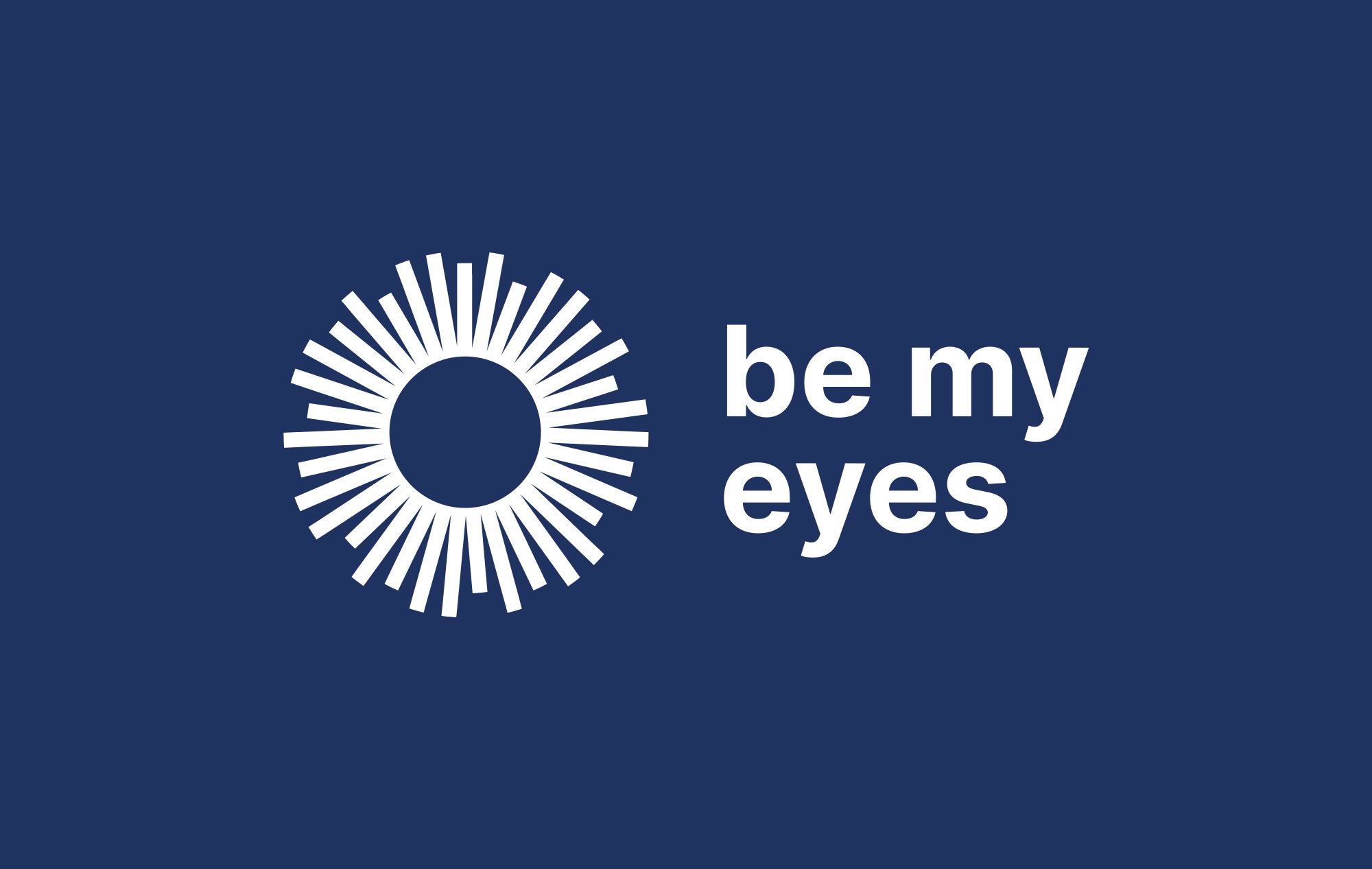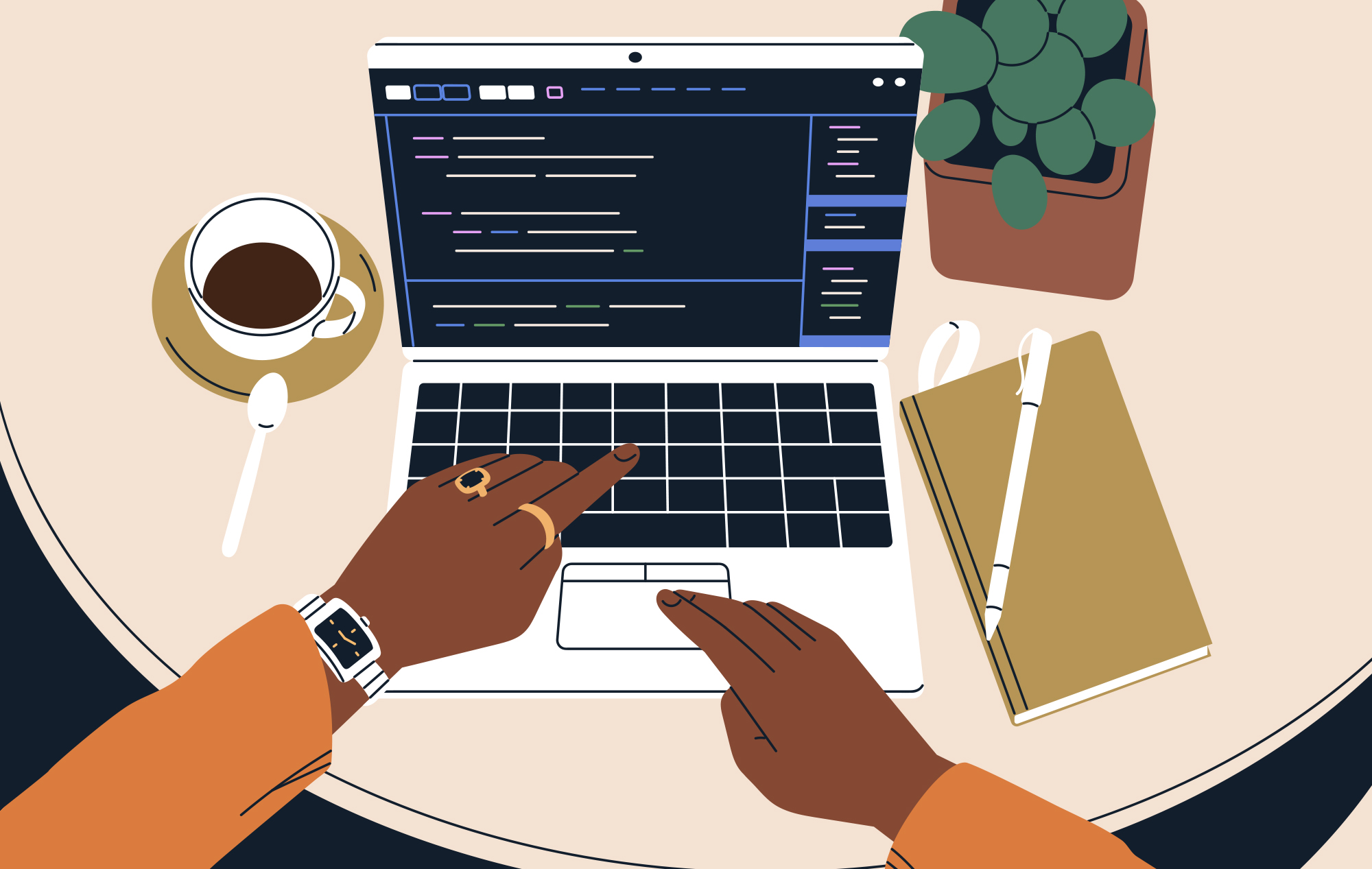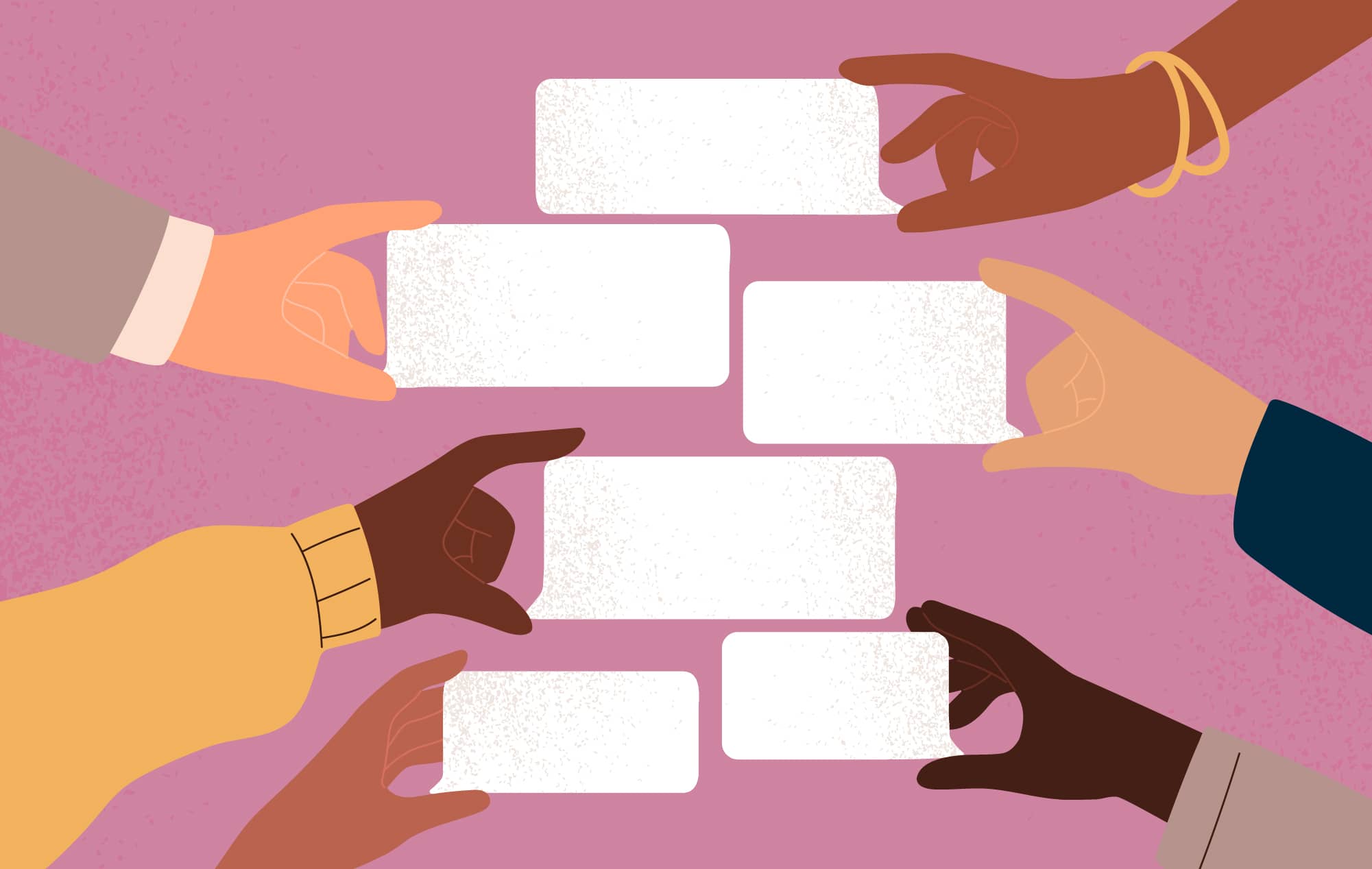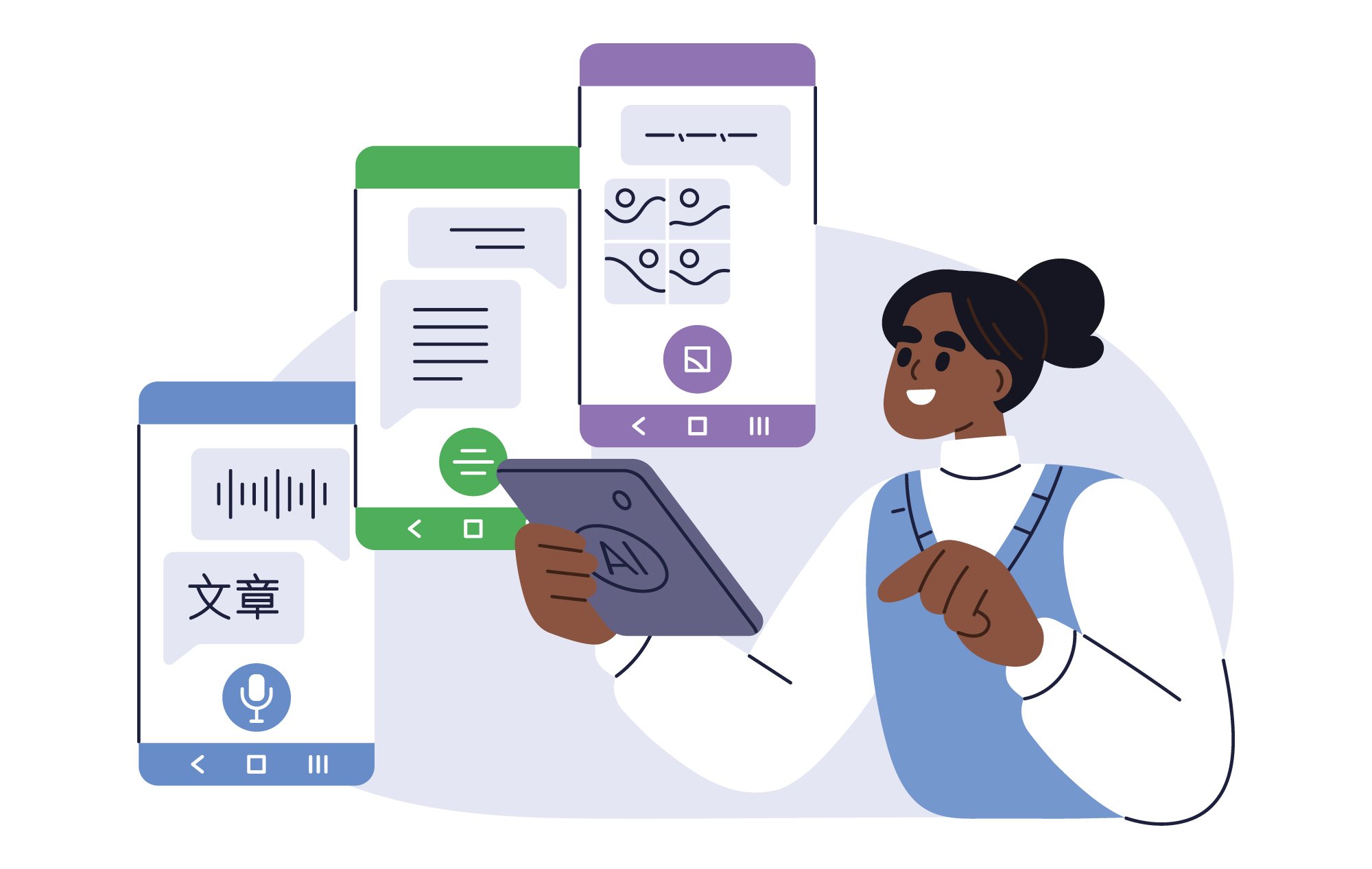Underscoring the importance of accessibility and inclusion as part of the hiring and employment process, Jenny Lay-Flurrie, chief accessibility officer at Microsoft, was recently invited to testify before the U.S. Senate Committee on Health, Education, Labor & Pensions.
Titled “Lessons Learned from COVID-19: Highlighting Innovations, Maximizing Inclusive Practices and Overcoming Barriers to Employment for People with Disabilities,” the hearing also featured Dr. Lisa Schur, a professor of Labor Studies and Employment Relations at Rutgers University; Francis A. Kineavy, a disability advocate; and Brian Dennis, a Disability Services Workforce Program coordinator for Iowa Workforce Development.
In her address, Lay-Flurrie discussed key action areas related to disability employment, and outlined the current challenges facing people with disabilities in the job market.
However, as might be expected for a Microsoft executive, some of the most insightful parts of her testimony dealt with the opportunities around accessible technology—during which she highlighted a number of current tools and features already in use at Microsoft. These included InclusionHub Founding Partner Be My Eyes, a free mobile app the company uses to support blind and low-vision customers through its dedicated Disability Answer Desk.
Accessible Technology Use Cases
In total, Lay-Flurrie’s testimony outlined the following seven key use cases for accessible technology:
- Improving Content Accessibility
- Making Accessibility Features Easy to Find
- Improving Remote Meeting Tools
- Expanding & Improving Legibility Options
- Creating & Improving Tools to Help Developers Identify & Mitigate Accessibility Issues
- Improving Awareness of Issues, Features & Etiquette Related to Accessibility & Disability
- Providing Support When & How People Need It (The Key Use Case for Be My Eyes)
Lay-Flurrie also highlighted the need for addressing accessibility issues at scale, noting that individuals with disabilities are twice as likely to be unemployed as those without—a gap that persists even among college graduates.
“I’m so glad to see these issues and potential solutions being highlighted in the Senate,” said Joe Weber, manager of Accessibility Solutions at Be My Eyes. “Around 70% of blind and low-vision people around the world are unemployed, which is a key challenge that we set out to solve with our app. Microsoft was one of the earliest adopters of our help desk solution, and we couldn’t be more proud to be part of their accessibility toolset.”
Full video of the hearing can be found here. (Lay-Flurrie’s testimony begins at 39 minutes, while she also participates in a Q&A session beginning at the 55-minute mark.)
Lay-Flurrie’s full written testimony—in which she mentions Be My Eyes—can be found on Microsoft’s blog.






Leave a Comment